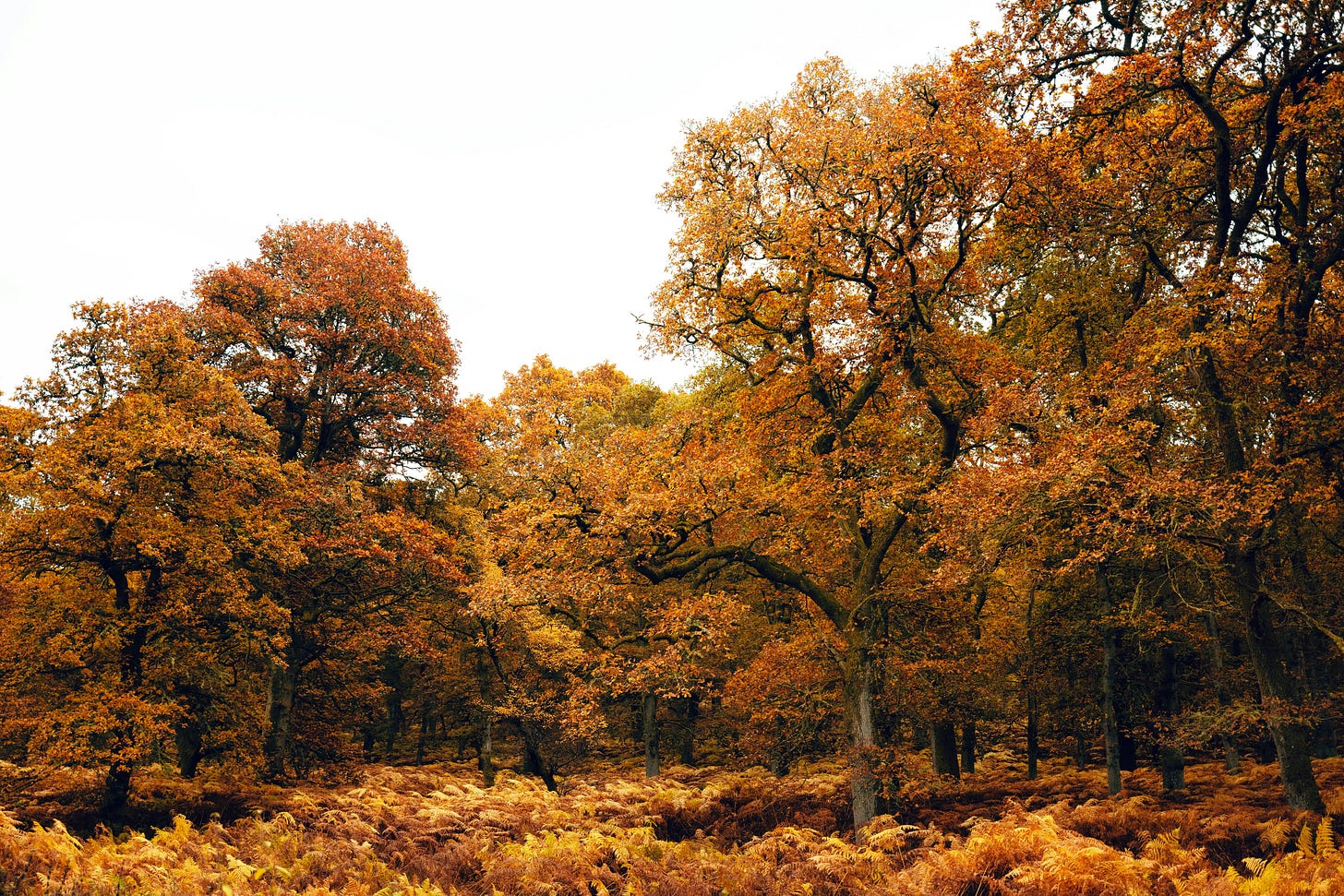Reflections - 9th of November.
The Power of Uncertainty
There is something special about autumn, as the countryside we are so familiar with changes before our eyes and begins the alchemical processes that will result in spring.
This year, though, it is not just the trees that seem to be changing. There is a distinct shift in tone from politicians and the press, a quiet recognition that the stories we have been taking comfort in are no longer credible.
“Anyone who believes exponential growth can go on forever in a finite world is either a madman or an economist.”
— Kenneth Boulding
Or perhaps a Tesla shareholder.
There was something both fascinating and faintly grotesque about seeing Elon Musk dancing with his robots as his shareholders approved a trillion-dollar payday. It felt like performance art for an age that confuses motion with meaning, the spectacle of progress masking a deeper decay. It is perhaps the clearest sign of how far regulatory capture has gone among the “Magnificent Ten” technology firms, and how much the American model of gr…
Keep reading with a 7-day free trial
Subscribe to Outside the Walls to keep reading this post and get 7 days of free access to the full post archives.


